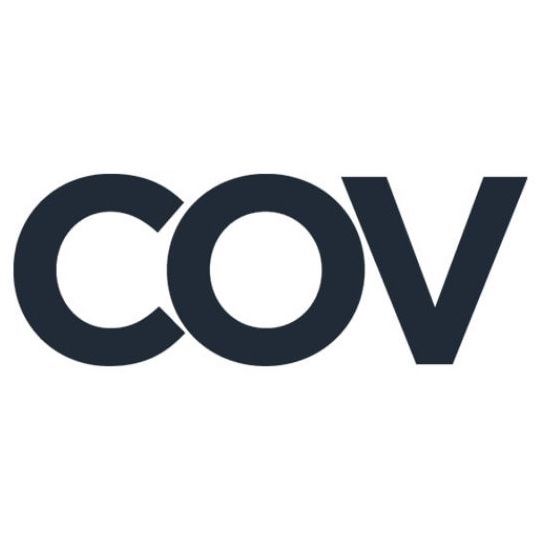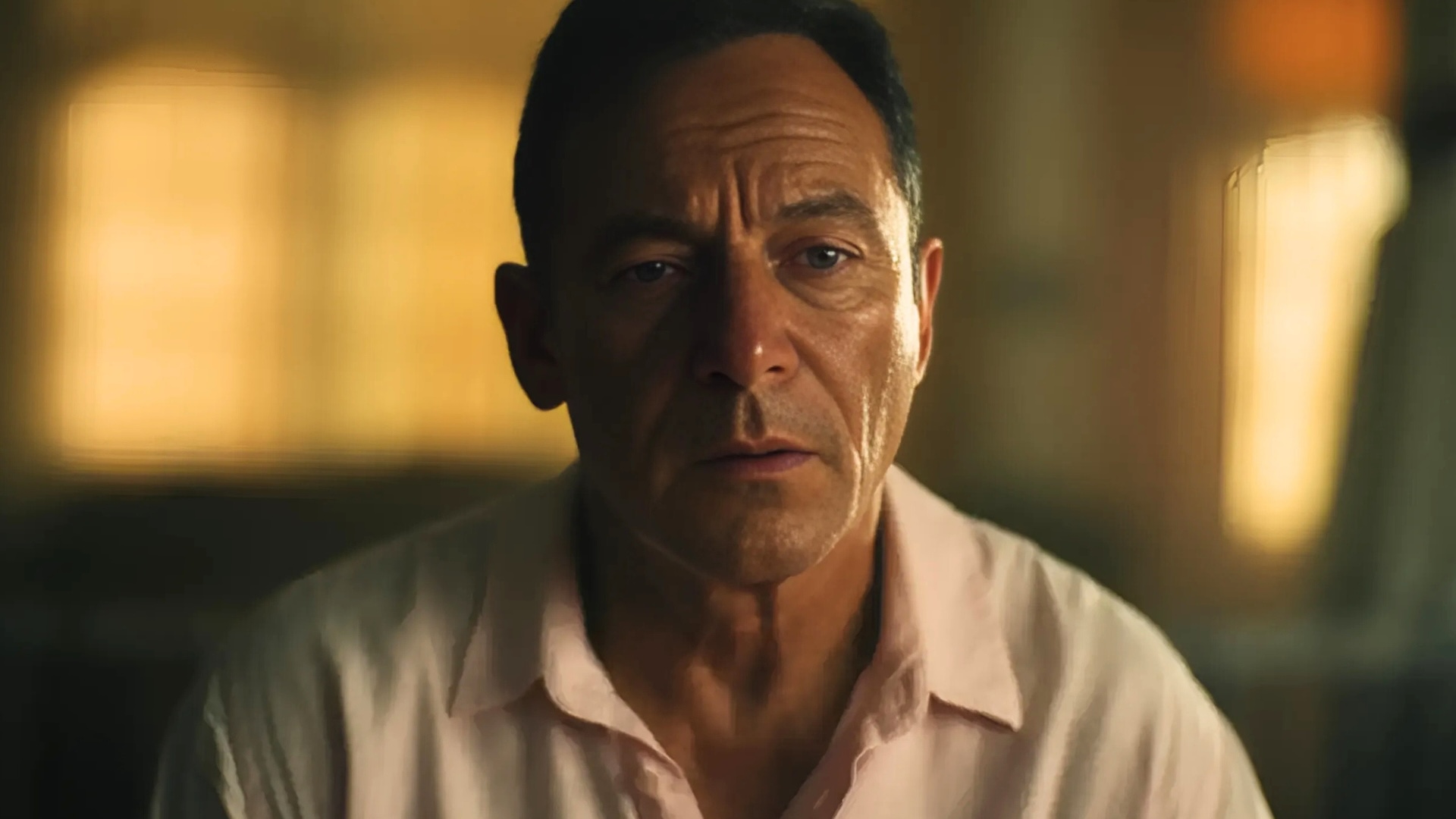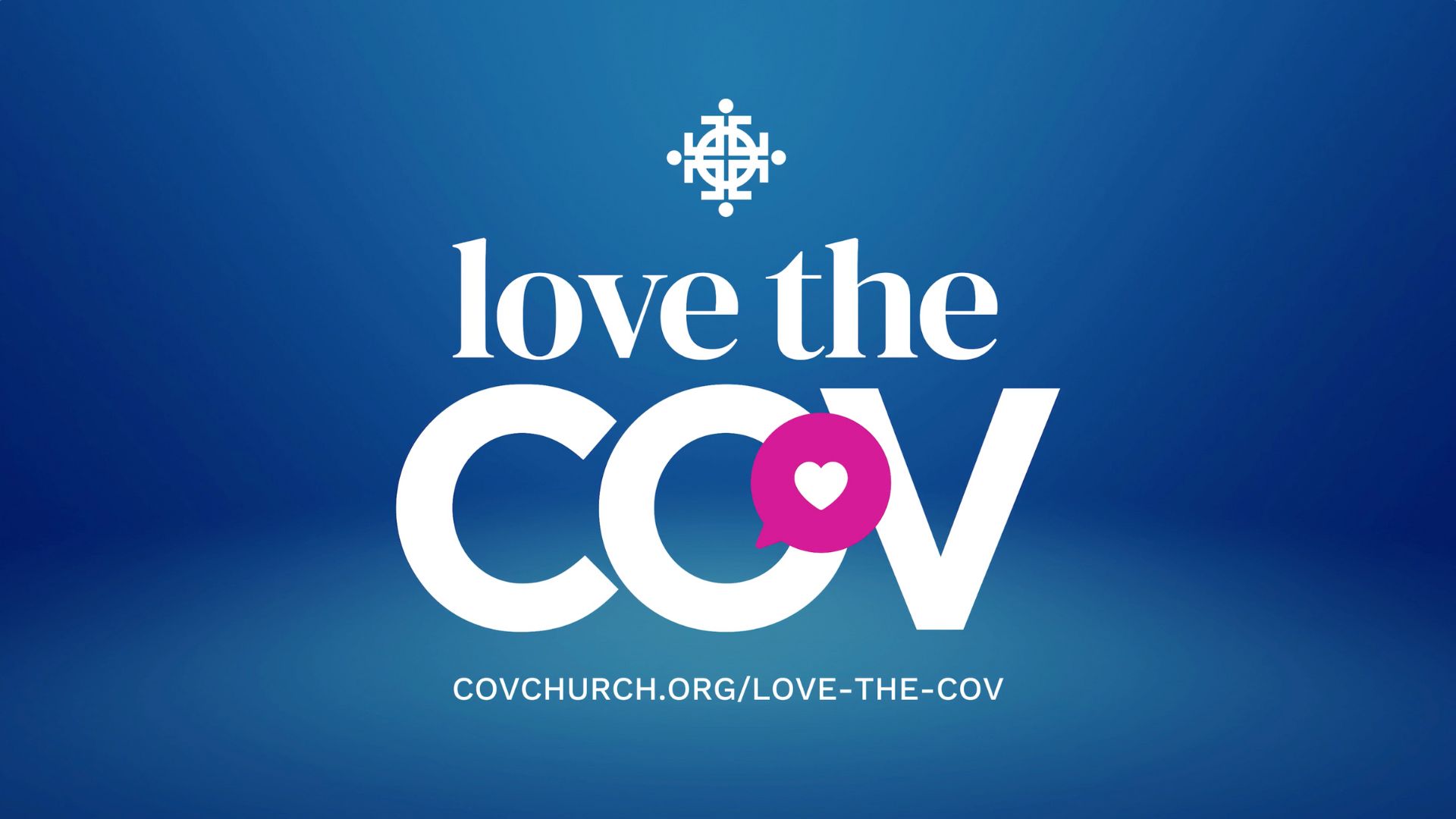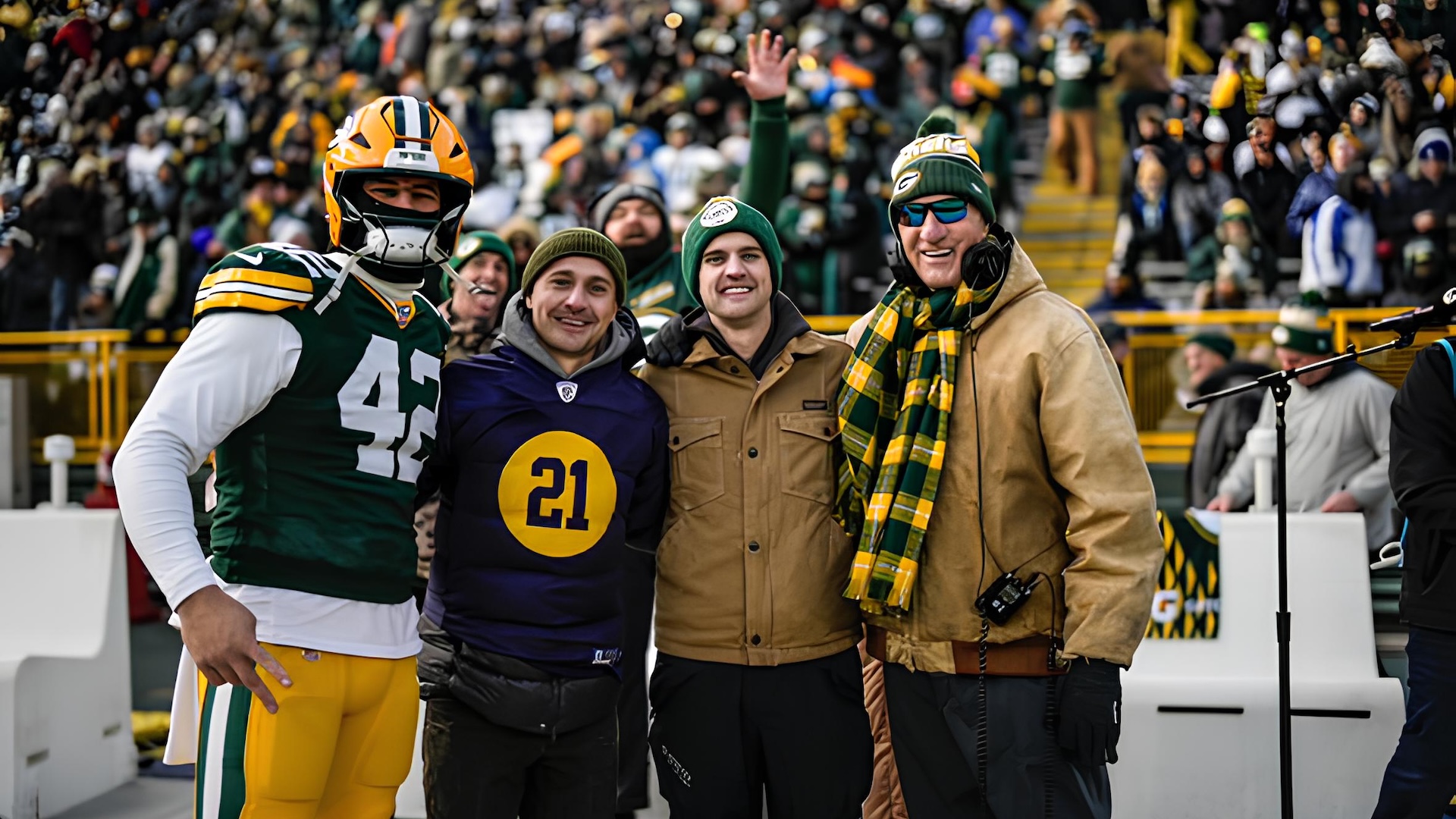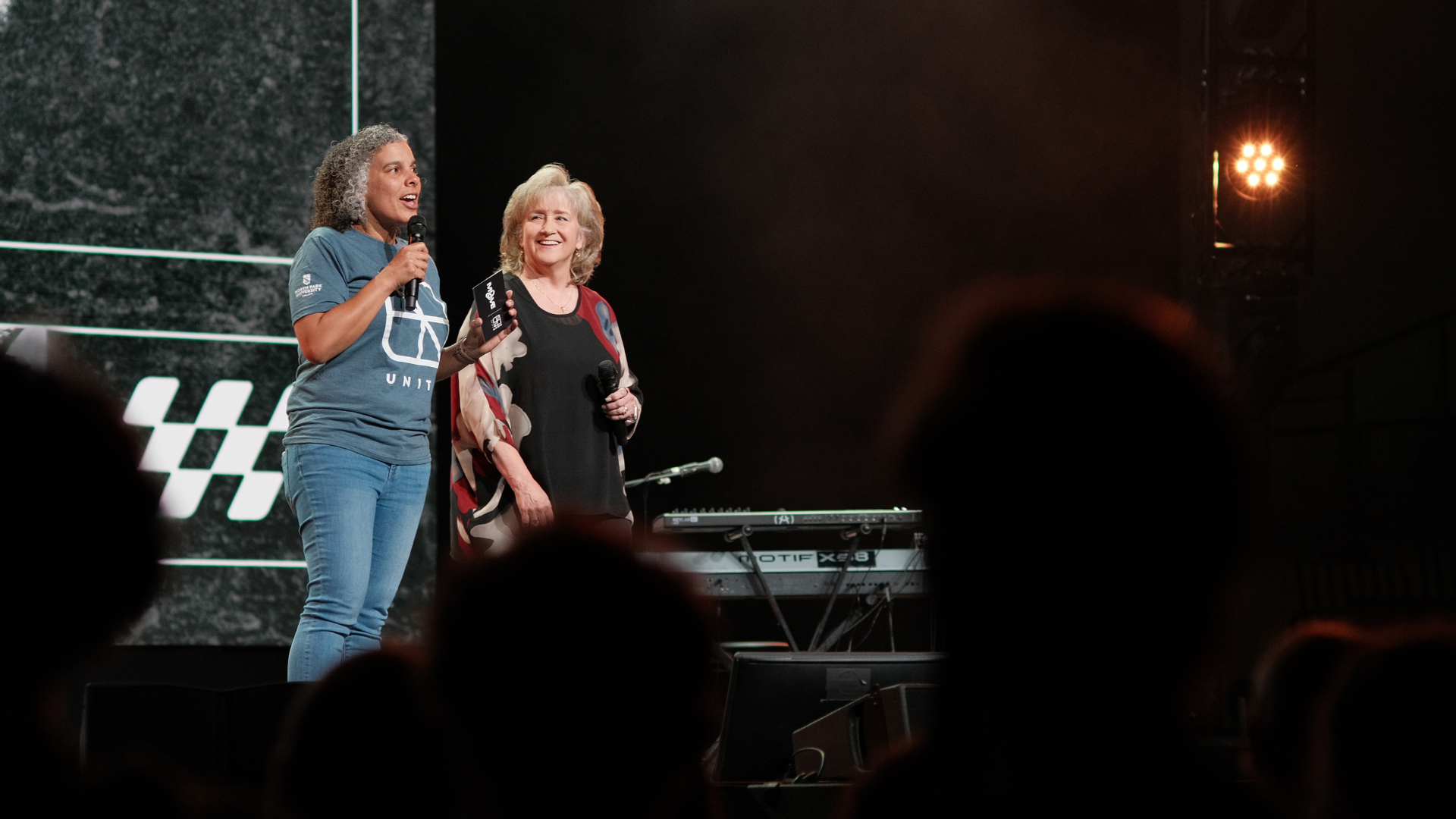By Stan Friedman
KARAWA, DR CONGO (December 5, 2012) – Pediatric intensive care specialist Dr. Eric Gunnoe of Portland, Maine, has participated in mission trips to some of the poorest countries around the world, but said his most recent trip to the Democratic Republic of Congo to teach medical personnel at the Karawa Hospital on how to use breathing techniques to help save infants’ lives also was his most rewarding.
Gunnoe, president of the Paul Carlson Partnership Medical Ambassadors, and four other physicians taught techniques to Congolese medical personnel, including how to resuscitate newborns using Helping Babies Breath materials, which are published by the American Academy of Pediatrics.
Congolese physicians who received training include Dr. Eddy Yangakele, medical director of Wasolo Hospital, and Dr. Richard Lingili, medical coordinator for the Congo Covenant Church (CEUM). He is credited with overseeing significant improvements in the system. (For more on the hospital, read “Faith in Karawa” in the November issue of The Covenant Companion).
The eagerness of the medical staff to learn and the anticipated decrease in the infant mortality rate have inspired Gunnoe. The death rate of infants born with breathing difficulties is expected to drop by 50 percent.
Just two days following the training, Yangakele saved the life of a baby delivered by caesarean section.
Ninety percent of babies are born without breathing problems, Gunnoe said, but the other 10 percent suffer potentially fatal issues. It is the same rate as in more developed countries.
The difference is that the developed nations have the equipment and training to save the lives of nearly every child born with breathing problems. The Congolese have had virtually nothing in the way of training or equipment.
The Paul Carlson Partnership has supplied 125 kits containing new equipment that will be distributed to CEUM-operated medical facilities in the country’s northwest region. The supplies include “ambu bags” (infant resuscitators) and masks, receiving blankets, scissors, and more.
The visiting medical team trained the first group of six nurses and doctors over a nearly two-day period. The first group then trained another group of the same size. The 12 newly trained trainers, who came from all four health zones in which the CEUM operates medical facilities, already have returned and have started to train additional medical personnel.
“There are no specialists here, only generalists,” said Covenant medical missionary Marta Klein, who works at the hospital. “The training was so important and also a bit revolutionary for them. The teaching style was different than they were used to.
“It was more of the American model of medical education – the ‘see one, do one, teach one’ method. Here in the Congo school, it is all about rote memorization. The teacher is teaching from notes they took while they were students and often the teacher is the only one with the textbook or just notes to teach from.”
One of the trainees told Covenant missionary Cindy Ekstrand afterward, “I will change some of the techniques I was using before as they are not the best for newborn babies.”
Another related, “At the nursing school (located next to the Karawa hospital), we are training students who will work in many places. I can train future nurses. This is a great training. We will incorporate this into our school program. I hope to start training the fourth-year students in the next few weeks.”
Klein noted the daily enthusiasm of the trainees, observing that the time spent with the physicians was about more than learning techniques. “Long-distance relationships are very difficult to maintain here, so having the group of doctors here in person was so important to the Congolese staff,” she said.
“They were able to personally interact with the staff on rounds and to begin to develop relationships. Every morning was a teaching moment and a time for learning. The staff was so eager to learn that some of them even went to (Covenant missionaries) Paul and Sheryl Noren’s house at 7 p.m. almost every evening for a slideshow case presentation by Dr. William Dunn.”
Dunn, who is from Rochester, Minnesota, is a specialist in adult pulmonology and critical care on staff at the Mayo Institute. He participated in morning rounds in the internal medicine unit, where he taught about X-rays and developing treatment plans. Other physicians also shared expertise in their respective fields.
Team members included Dr. John Whittington of Antioch, Illinois, a former family physician who is now a specialist in quality improvement in healthcare systems, and Dr. Obo Addy of Grand Rapids, Michigan, a sleep medicine specialist with a background in psychiatry.
Herbert Frost, pastor of Rochester Covenant Church, attended as a representative of three Covenant churches in the area that are exploring how they might become involved with the Paul Carlson Partnership.
The trip took place October 27 through November 7.
Gunnoe said the trip was especially meaningful for him because he and the team did more than treat patients for several days. “I wanted to do something that would impact the whole system.”
Gunnoe has traveled on mission trips throughout his medical career, but said his motives have changed. “At first, it was because I wanted to see all the serious diseases in the world, but God has matured me from that. Now I want to be able to give.”


